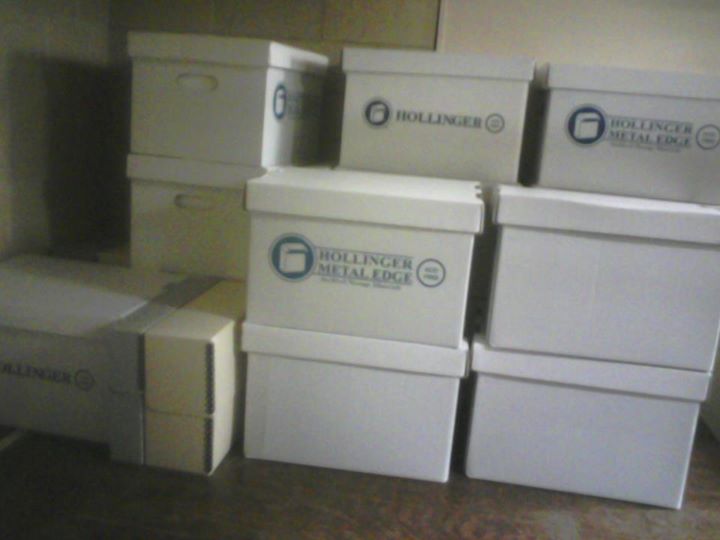Thinking that I had actually completed processing the collection was probably a little ridiculous because is processing ever really completed? Processing is one of the most time consuming duties that an archivists has. When you?re working within the scope of a Basic Processing Grant governed by MPLP (More Product, Less Process) principles, you are forced to fight some of your inner instincts to follow the basic guidelines of the project. Somehow in the midst of being MPLP aficionados my supervisor and I completely ignored a whole box of graphic materials! Of course, it wasn?t anything easy like 5 large posters. No. It was hundreds of unmarked photos, an oversized poster accompanied by random unidentified works of art, and cassettes of poetry recordings with a SONY recorder. PROCESSING NIGHTMARE! Constructing the actual EAD finding aid components of scope and content and biographical notes were unfortunately brought to a halt.
After consulting with the friendly and brilliant curator at the John Hay, the photos were sleeved, the art work was placed in folders, and the oversized poster was designated to be housed in an oversized map case. (I am still actively ignoring the cassettes but we housed them too.) All was restored in the universe of MPLP at the John Hay. It seemed pertinent to address another looming and occasionally time consuming task, arrangement. Arrangement, as many practicing and learning archivists know, occurs throughout the processing of a collection. Viewing the materials you establish intellectual and physical access to users by how the information is delineated. I have learned that creating an arrangement is something that I struggle with. Intellectually, I can structure the information but organizing the components appears to be a hang-up. Why would you put correspondence first? You wouldn?t in this case but I kept trying to make that happen! Thankfully, with some guidance and thoughtful explanation the four series of the collection took shape: writings, correspondence, printed materials, and graphic and audio materials.
After the series were established it was time to physically move the proper materials into series structured order. Six hours, infinite paper cuts, chipped nail polish, and 26 boxes later Michael Gizzi was arranged and ready to be made accessible in the Brown catalog, Josiah!
